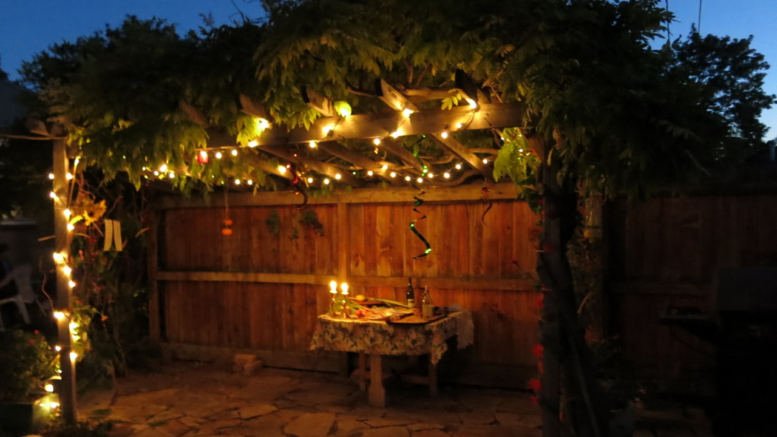If your neighbours have built a hut and start shaking leaves around while chanting and singing with joy, especially if this is happens between the evening of 16 Oct through to 23 Oct, it is most likely that they are Jewish. Wish them a Chag Sukkot Sameach (“happy Sukkot”).
Hot on the heels of a sombre time of reflection and atonement (Rosh Hashanah to Yom Kippur), it is now time for one of the most joyous festivals in the Jewish calendar – Sukkot. There are explicit commandments to rejoice during the holiday.
Like Passover and Shavuot, Sukkot is a pilgrimage festival with dual significance: historical and agricultural. Historically, Sukkot commemorates the 40 years which the children of Israel wandered in the desert, living in temporary shelters. This is where the name comes from: Sukkot (סֻכּוֹת) literally means “booths” or “huts”. Agriculturally, Sukkot is a harvest festival.
In honor of the holiday’s historical significance, we are commanded to dwell in temporary shelters, as our ancestors did in the wilderness. The temporary shelter is referred to as a sukkah (singular of sukkot) and tradition holds that the roof should give shade but allow those inside to see the stars at night. Because of the joyful nature of the festival, it is common practice to decorate the sukkah.
In honour of the agricultural significance of Sukkot, there are blessings and ceremonies involving the four species: an etrog (a citrus fruit similar to a lemon native to Israel), a lulav (Palm branch), aravot (two willow branches), and hadassim (three myrtle branches). These four species are waved around and then a procession takes place around the sukkah or synagogue.








